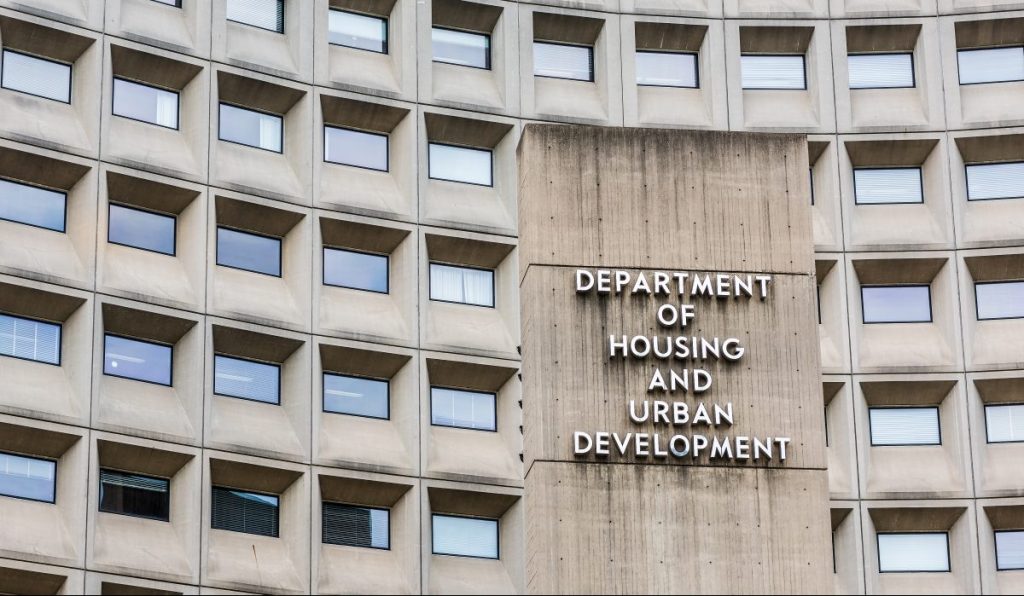The Department of Housing and Urban Development is taking a cautionary approach to changes to mortgage insurance premiums after a banner year for its Mutual Mortgage Insurance (MMI) fund.
The capital ratio of the Federal Housing Administration’s MMI fund reached 8.03% at the end of September, an increase of 1.93 percentage points from the previous year, when it was 6.10%. The report marked the sixth consecutive year the ratio has exceeded its 2.00% statutory minimum.
As of yet, there are no plans to lower the mortgage insurance premium, which FHA borrowers pay to insure the credit risk for both single family forward and reverse mortgages. (Earlier this year, HUD Sec. Marcia Fudge said there were no near-term plans to change FHA’s mortgage insurance premium pricing.)
The FHA’s MMI fund benefited from the same dynamics that the broader mortgage industry has enjoyed over the past 18 months. Home price appreciation, high refinance volume spurred by low mortgage rates and the financial performance of the reverse mortgage portfolio all drove the increase in the capital ratio, according to HUD.
But HUD officials also raised concerns over the share of seriously delinquent borrowers and the impact of potential changes in the broader market.
Top markets for affordable renovated housing inventory
Despite the rapidly deteriorating affordability, there is some hope for homebuyers in the form of renovated homes: properties that have been rehabbed into move-in ready condition after being purchased at foreclosure auction or bank-owned (REO) auction.
Presented by: Auction.com
A large and concerning number of homeowners remain seriously delinquent, HUD officials said. Although HUD expects many of those borrowers to resume payments, officials said they are waiting for more data on their performance in the coming months.
By the end of September, 660,000 homeowners in the FHA portfolio were still seriously delinquent, and of those, 350,000 were not in a forbearance plan. More than half of homeowners who are seriously delinquent have not made a payment in more than a year. The dollar volume of seriously delinquent mortgages is now $110 billion, compared with the pre-pandemic high of $96 billion in 2012, when the capital ratio turned negative.
“The size of the seriously delinquent portfolio further magnifies the uncertain future MMI Fund performance,” the report read.
A number of other factors could also pose a risk to the MMI fund, the report noted. A surge of borrowers exiting forbearance and capacity constraints in the industry could delay resolutions in the coming year. Fast-rising mortgage rates could make home retention and loss-mitigation tools more expensive and would dampen homeowners ability to refinance with lower rates.
Higher-than-anticipated unemployment would also threaten the health of the MMI fund. Covid loss mitigation options were modeled after tools originally used in natural disasters, but unlike the quick recovery after a natural disaster, many homeowners with Covid forbearance have not made payments in over a year.
“Businesses that were once a source of employment may no longer exist. Borrowers may or may not regain employment, and if they do, may experience decreases in income from their pre-pandemic employment,” the report said.
And, although not the most likely scenario, the HUD report notes that home prices could fall if the homes belonging to the 1.21 million borrowers in forbearance across the housing market, as well as the 1.18 million seriously delinquent borrowers not in a forbearance plan, were to come to market.
The seriously delinquent rate for the FHA portfolio has been persistently higher than that of the government-sponsored enterprises, in part because of the disproportionate impact the pandemic has had on low-income households and people of color.
Nearly 85% percent of FHA originations in 2021 were first-time homebuyers, a figure that has steadily increased for the past decade. First-time homebuyers account for 45% of originations in the broader mortgage market. That figure does not include Private Label Securities or portfolio lenders.






